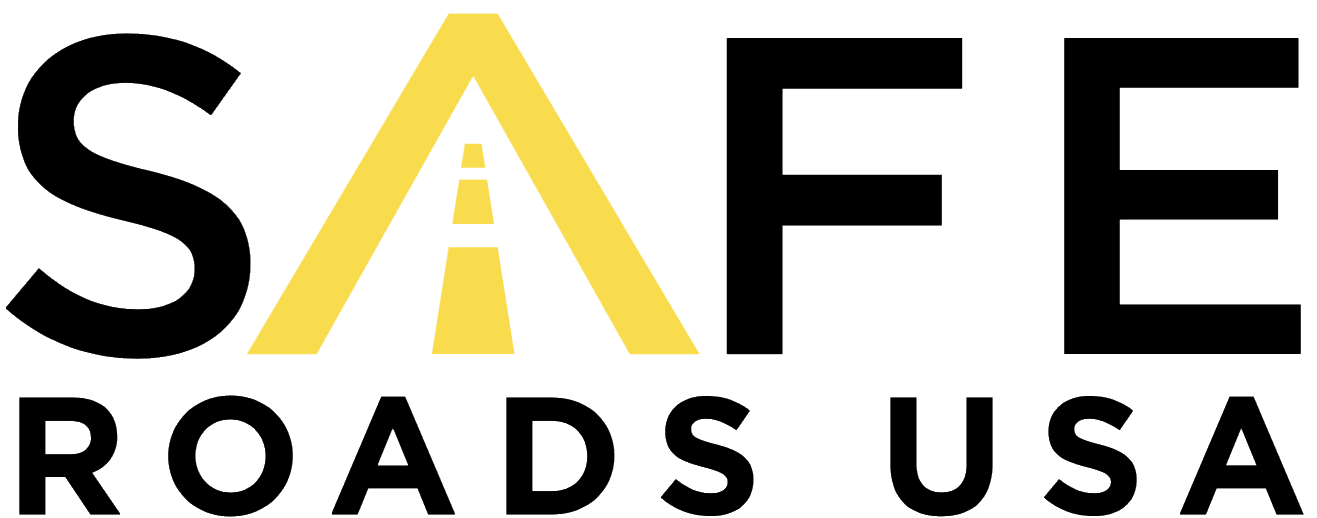Savannah Road Safety Overview

Unfortunately, no matter how careful you are on the road, car accidents simply can’t be prevented sometimes. However, when you understand location-specific road hazards, you might be able to reduce your risk of getting seriously hurt. Here’s a look at what you need to know to keep yourself and your loved ones safe on Savannah’s streets.
Systemic Safety Concerns on Savannah Roads
Some road hazards are built into a city’s architecture. This isn’t a problem unique to Savannah, but when you understand the dynamics that contribute to the city’s traffic dangers, you may be able to protect yourself from auto accidents.
Abercorn Street
Every city has major “arteries” — roads that are instrumental in helping drivers get where they need to go. These thoroughfares are almost like mini highways. But sometimes, they’re even more dangerous than highways.
For example, Abercorn Street, an essential artery in Savannah, becomes incredibly congested during rush hour. It also has notoriously confusing merge lanes that make accidents much more likely.
The Savannah Port Complex
The Port of Savannah is an essential part of the city’s economy. Unfortunately, it’s also a vital factor in many road hazards. The sheer volume of traffic entering and leaving the port can cause bottlenecks, congestion, and accidents.
As you might imagine, there’s also a large volume of trucking traffic around the port. Trucks create additional hazards that aren’t always associated with passenger cars. For instance, many truckers are fatigued from driving long hours, and that increases the risk of accidents.
Additionally, the sheer size of commercial trucks can cause significant damage when crashes occur. Their size also gives these trucks unique operational features, including wide turns and large blind spots, that make them more likely to be involved in accidents.
If your daily commute takes you through — or even near — the port complex, do your best to be as vigilant as possible. It might save your life.
Common Hazards To Watch Out For on Savannah Roads
Between weather conditions, existing infrastructure, and other factors, there are many additional Savannah-specific road hazards to look out for:
Offset Driveways
Offset driveways are driveways on either side of a street. While they aren’t directly across from one another, they are close enough to each other that a car turning into or out of one may collide with a car turning into or out of the other.
On very low-speed roads, offset driveways may not pose much of a risk. However, as the speed limit increases, the offset connections become more dangerous.
Parking on the Street
Street parking is a feature of most major metropolitan areas, and Savannah is no exception.
When vehicles are parked on the street, they create many dangers for drivers, cyclists, and pedestrians, including the following:
- Parked cars make it harder for drivers to see pedestrians or cyclists
- There’s a greater risk of drivers striking parked cars
- Street parking may make the road dangerously narrow
- Drivers turning into the roadway may not be able to see oncoming cars
For many people, it’s easy to get used to seeing a line of vehicles parked along each side of the street. However, it’s important to always remain vigilant when driving down roads where street parking is allowed.
Flooding
Savannah is unfortunately prone to flooding, and that means streets and intersections may accumulate excess water during storms. Water doesn’t even have to be particularly high to cause serious issues, either. Anyone who has ever hydroplaned across a puddle knows that even very minor flooding can be dangerous.
Similarly, having your windows or windshield splashed by a passing car can obscure your vision just long enough to cause an accident. In many cases, even minor flooding makes it difficult or impossible to see lines on the road. This means you might drive into the wrong lane even while paying complete attention to the road.
What Is Savannah Doing To Keep Its Roads Safer?
Individual drivers are responsible for knowing and following the rules of the road. They can also help prevent accidents by remaining vigilant and doing their best to avoid hazardous situations.
However, Savannah’s Vision Zero plan for zero traffic deaths and severe injuries recognizes that dangers on the road are more than just a matter of individual responsibility.
The plan combines many strategies, including the following, to work toward safer streets for all:
- Collecting and monitoring traffic data to find areas for improvement
- Emphasizing the importance of safe roadway design
- Supporting community engagement efforts
- Promoting transparency when it comes to new policies
Another key initiative included in Vision Zero is the introduction of “traffic calming” measures. Unlike traffic control measures (like road signs and speed cameras), traffic calming measures are physical changes to the roadway that tend to slow traffic down and keep the streets safer for everyone.
These are some examples:
- Grassy medians
- Barriers on medians
- Systems that enhance absorption of groundwater (to reduce flooding risk)
- Traffic circles
- Bike lanes
- Speed bumps
- Raised crosswalks
Many traffic-calming efforts also include adding plant life or employing other means of beautifying the roads. These efforts may not calm traffic on their own, but they can enhance the quality of life for area residents and those who use the roads on a regular basis.
When done properly, traffic calming reduces the number of collisions and makes the surrounding area more beautiful — and often more environmentally friendly as well. This makes it a win-win for drivers, pedestrians, and cyclists.
Ultimately, Vision Zero doesn’t aim to eliminate every single human mistake. Instead, it recognizes that mistakes happen but remains focused on building a system where one person’s single mistake won’t result in another person’s death or serious injury.
Staying Safe Behind the Wheel in Savannah, Georgia
Understanding road safety rules, best practices, and potential hazards is essential when it comes to safety. Savannah is not without road hazards, but the city’s organized approach to positive change is an encouraging one. When individual drivers follow that lead and adopt their own proactive stance, Savannah’s streets become that much closer to being safer for everyone.
